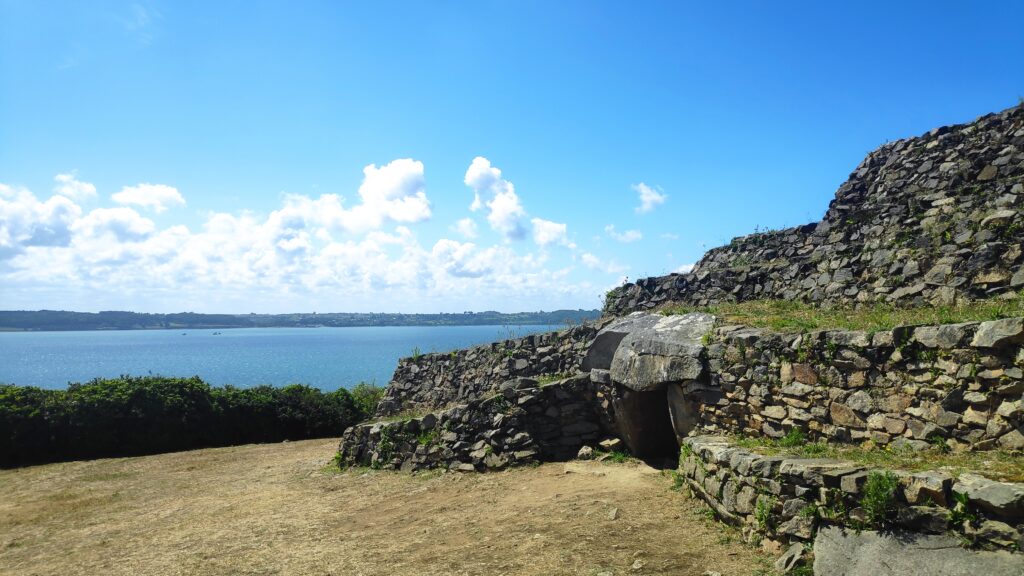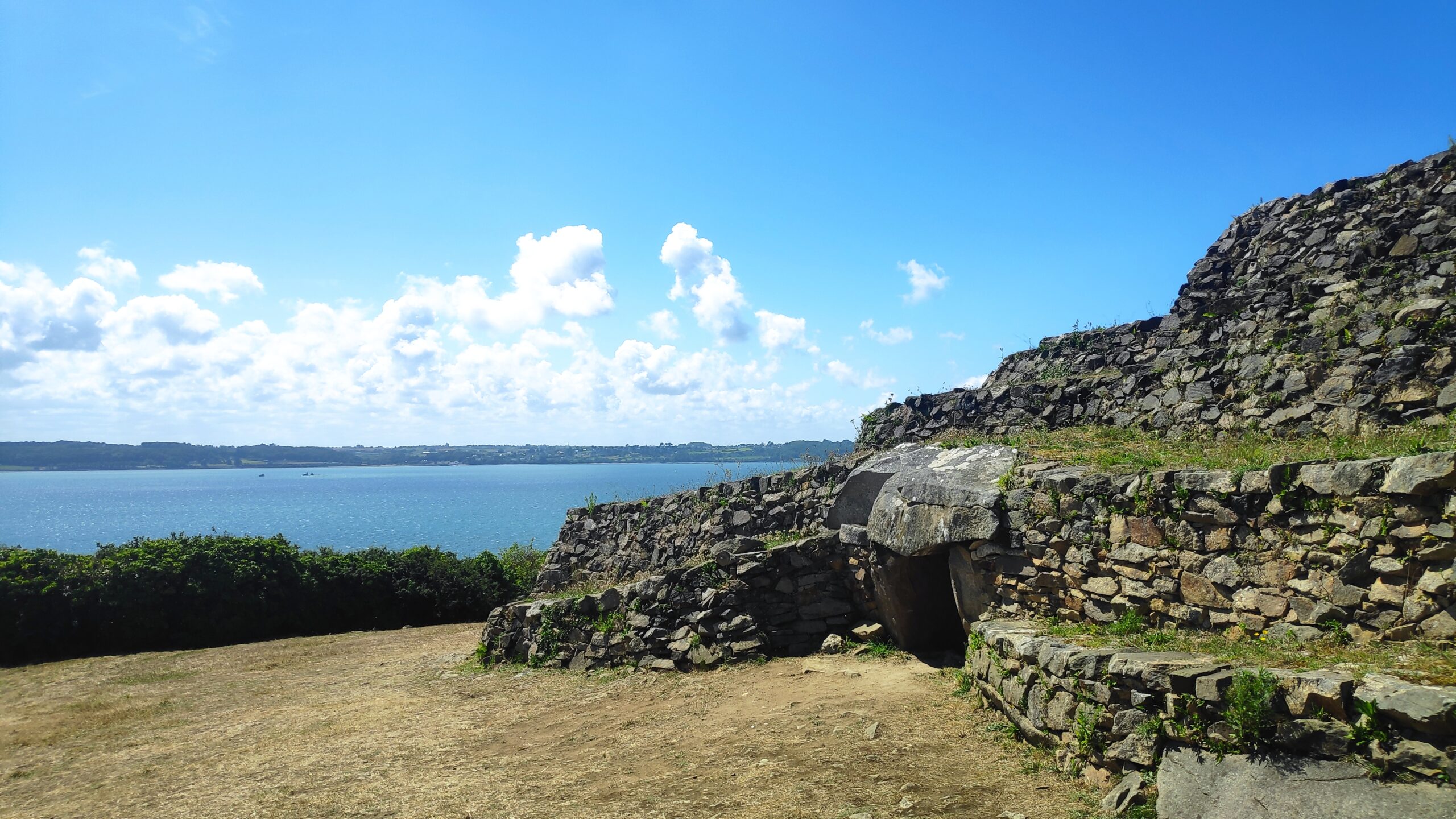
The Neolithic builders of the Menga dolmen in Spain, constructed nearly 6,000 years ago, exhibited a practical understanding of physics in their construction methods, even without formal scientific knowledge [1]. This is evident in their application of concepts like friction, center of mass, and force distribution:
- Friction: Transporting the massive stone blocks, some weighing up to 150 tonnes, from a quarry a kilometer away without modern machinery posed a significant challenge [2]. The builders likely used wooden tracks or rollers to minimize friction while dragging the stones, a technique also believed to have been used in the construction of Stonehenge [3].
- Center of Mass: The builders anchored the dolmen’s upright slabs into sockets carved 1.5 meters deep into the bedrock [4]. This technique ensured the structure’s stability by lowering its center of mass, making it more resistant to toppling forces [5]. This demonstrates an intuitive understanding of how a lower center of gravity contributes to a structure’s stability.
- Force Distribution: The builders carefully tilted the upright slabs at precise angles and carved facets into them, enabling the stones to lock together when the supporting ramps and counterweights were removed [4]. This interlocking design effectively distributes the weight of the massive roof stones across the supporting structure, preventing any single point from bearing an excessive load [5].
The Dolmen of Menga stands as a testament to the builders’ intuitive grasp of physics, enabling them to create an enduring monument that has withstood time and seismic activity for nearly six millennia [5].
